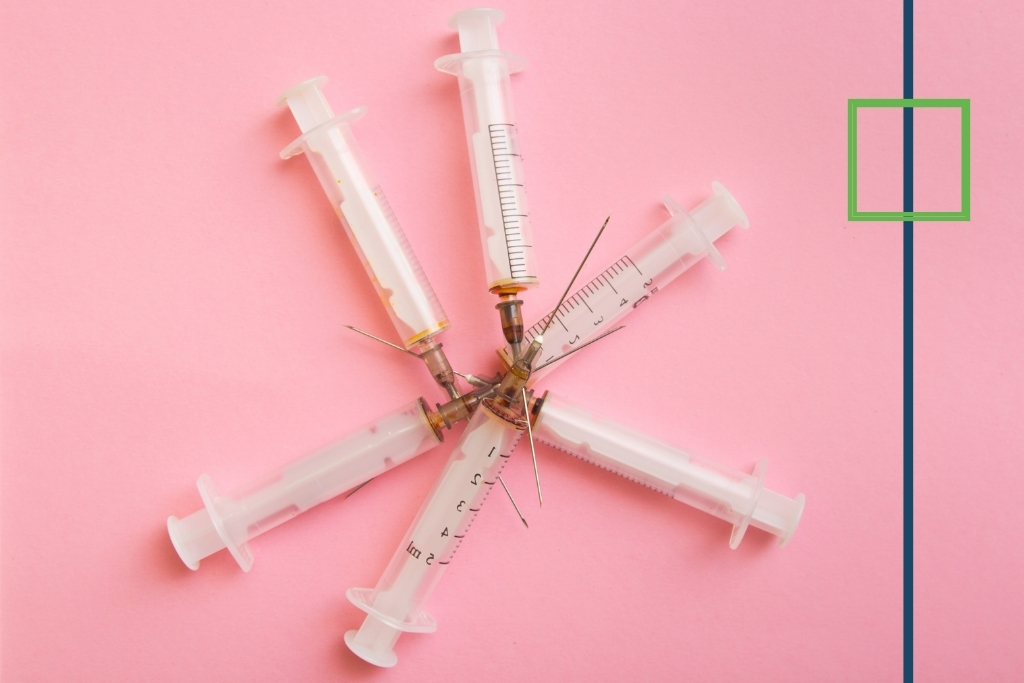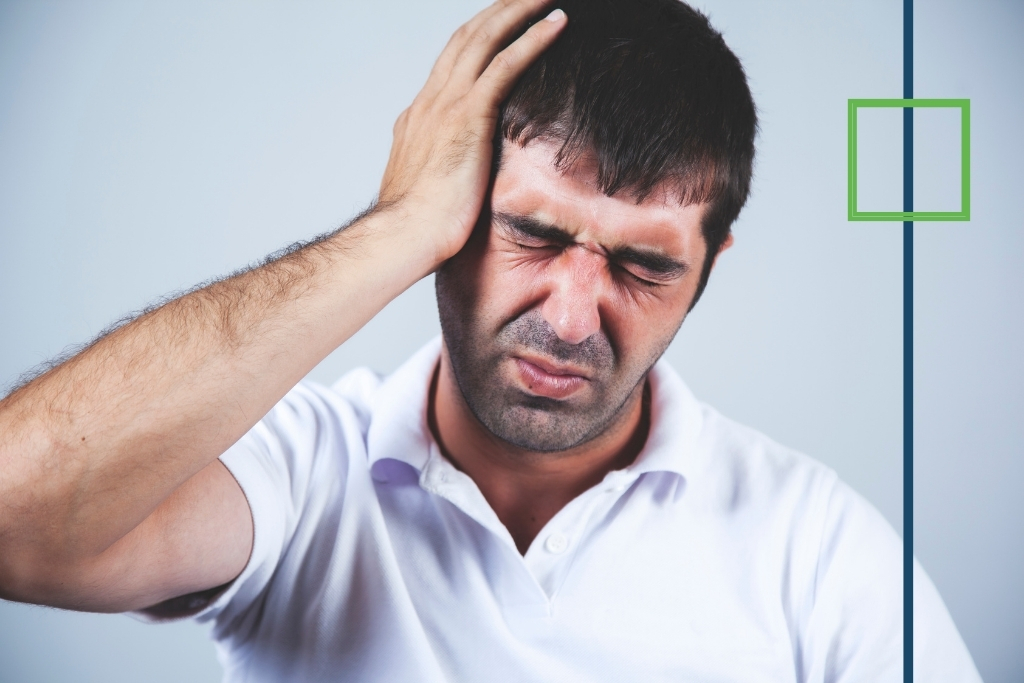Black Tar Heroin Connection to Mental Health Treatment
Depression is likely the most common psychiatric disorder among black tar heroin users.
What is Black Tar Heroin?
Black tar heroin, also known as “Black Dragon,” is a smokable form of heroin that some experts believe will overtake crack cocaine in popularity. It is a controlled substance with an extremely high potential for addiction, and in the case of overdose, can be deadly. This is according to the US Department of Justice [1]. Black tar heroin resembles a sticky chunk of blackish brownish substance. It is produced in a very crude way and is comparatively unrefined compared to white powder heroin. To overcome an addiction to black heroin, treatment within an inpatient rehab program is recommended.
According to the New York City Office of Health [2], all forms of heroin are derived from morphine, a powerful opioid painkiller. Black tar heroin is originally produced in Mexico. Although this drug has been around for over 100 years, its popularity in the United States began in the 1970s because it is cheaper and easier to produce than white powder heroin. Most street heroin is “cut” with other drugs or with substances such as starch, sugar, quinine, or powdered milk. Heroin may also be cut with strychnine or fentanyl.
Heroin enters the brain rapidly and binds to opioid receptors on cells located in many areas, especially those involved in feelings of pain and pleasure and in controlling heart rate, sleeping, and breathing. People believe that black tar heroin isn’t as pure and think that it isn’t as strong as its white powder form. However, it is just as powerful. This mistake can easily lead to people overdosing, thinking that they need more to get the same high.
Black tar heroin is ingested in the same way as all other forms of the drug. It can be dissolved and heated so it can be shot intravenously through needles, and it can also be smoked. Since it’s sticky or hard, this usually prevents it from being snorted, but it can be smoked. One of the most significant effects of heroin use is addiction. Increased tolerance causes users to use more black tar heroin to achieve the same effect. As higher doses of the drug are used, physical dependence develops. Because black tar heroin users do not know the exact strength of the drug or its real contents, they are at risk of overdose or death.

Dangers Of Black Tar Heroin
Heroin puts your mental and physical health in danger. Taking any form of heroin comes with the same risks. Short-term and long-term effects of black tar heroin abuse can include:
Brain Damage
Black tar heroin releases excessive amounts of dopamine in the brain. This depletes neurotransmitters of brain chemicals and teaches the brain that it needs heroin to function. This causes withdrawal and detox in the absence of heroin and can lead to mental disorder symptoms of depression and anxiety. This drug can also cause frontal lobe damage, which impacts memory, attention, and spatial awareness.
Excessive use of this drug can cause a lack of oxygen to the brain leading to overdose and long-term effects on mood, movement, vision, memory, and other vital functions. More severe overdoses may cause a person to stop breathing entirely, triggering even more severe brain damage. In this case, the effects are similar to a stroke. Depending on the area of the brain deprived of oxygen, a person may have a wide range of symptoms, including:
- Memory loss
- Trouble with reading and writing
- Vision and hearing loss
- Loss of balance and coordination
- Irritability, depression, or confusion
- Problems walking or moving
Opioids such as black tar heroin make the brain more sensitive to pain, causing some people to perceive even the slightest touch as painful. This can prove especially problematic for people who take opioids for chronic pain.
Infections
Black tar heroin can decrease and suppress T and B immune cells. It can lower the person’s ability to combat infections, viruses, and bacteria. The way a person uses black tar heroin and other forms of the drug can also put them at risk for illness. People who use heroin as an injection drug and share needles are at risk for hepatitis C and HIV. In the case of black tar heroin abuse, they are frequently mixed with alcohol or other toxic substances, which increases the risk of overdose.
According to the National Center for Biotechnology Information (NCBI)[3], black tar heroin users were at higher risk for wound botulism. Wound botulism is a potentially lethal, descending, flaccid, paralysis that results when spores of Clostridium botulinum germinate in a wound and elaborate neurotoxin. This can lead to muscle weakness, breathing difficulties, and be deadly.
According to the Center for Disease Control and Prevention (CDC)[4], from September 2017 to April 2018, nine cases of wound botulism were reported in San Diego County, California. All patients reported injecting heroin, and seven used black tar heroin, including subcutaneous injection in six patients. Symptoms were first attributed to drug intoxication for four patients; two received the opioid overdose reversal medication naloxone without improvement in symptoms. One patient died.

Heroin Overdose
Whatever the form, powdered heroin, prescription opioids, or black tar heroin, a user is always at risk for overdose. When people overdose on heroin, their breathing often slows or stops. This can decrease the amount of oxygen that reaches the brain, a condition called hypoxia. Hypoxia can have short- and long-term mental effects and effects on the nervous system, including coma and permanent brain damage. In 2014, the U.S. Food and Drug Administration (FDA) approved the use of a medicine called naloxone (brand name Narcan) to reverse the effects of a heroin overdose. This type of medicine is called an antidote.
A person is at high risk for overdose any time it is used because it is often cut with highly potent substances like fentanyl or other toxins where only a small amount can cause an overdose. According to the World Health Organization (WHO)[5], there is evidence that drug dealers may be adding fentanyl to increase the potency of their products, such as heroin. Therefore, many users who test positive for fentanyl and its analogs do not realize that they took the substance. Fentanyl is a potent synthetic opioid that is used as a pain reliever and as an anesthetic. It is approximately 50-100 times more potent than morphine.
Signs Of Black Tar Heroin Overdose
- Delirium
- Shallow or no breathing
- Low blood pressure
- Dry mouth
- Tongue discoloration
- Weak pulse
- Very small pupils (pin point pupils)
- Slow pulse
- Bluish lips and nails
- Stomach or intestinal spasms
- Passing out
- Uncontrollable muscle movements
- Disorientation or confusion
- Extreme drowsiness
If someone begins exhibiting these symptoms, timely use of naloxone can reverse these symptoms and stop an overdose before it turns fatal.
Heart Attack
Chronic black tar heroin injectors may develop collapsed veins, infection of the valves and heart linings. Other cardiovascular effects include heart failure, blood vessel damage, low blood pressure, collapsed veins, and heart attack. Out-of-hospital cardiac arrests triggered by opioid overdose are a significant cause of death among adults 25 to 64, according to a scientific statement from the American Heart Association (AHA)[6].
More than 15% of the opioid overdose emergency medical service cases in 2016 included cardiac arrest. Opioid-associated out-of-hospital cardiac arrest differs from other forms of cardiac arrest in terms of how it abnormally changes body functions and the different ways it presents.
Black tar heroin users were at higher risk for acute myocardial injury (the medical name for heart attack), after heroin inhalation and binge drinking. The cause might be a heroin-induced cardiotoxic effect or vasospasm compounded by the presence of binge drinking. This is according to the National Center for Biotechnology Information (NCBI)[7].
Lung Disease
Lung problems, including various types of pneumonia, may result from the poor health of the user as well as from heroin’s depressing effects on respiration. In addition to the effects of the drug itself, street heroin often contains toxic contaminants or additives that can clog blood vessels leading to the lungs, liver, kidneys, or brain, causing permanent damage to these vital organs.
According to European Respiratory Journal (ERJ)[8], opioid use was associated with increased risk for adverse respiratory outcomes, including respiratory-related death, among older adults with chronic obstructive pulmonary diseases COPD.
The American Lung Association (ALA)[9]says that having an existing lung disease is a leading indicator for death from an opioid overdose. This is because of the decreased lung capacity, individuals who have an existing lung condition are more likely to die from an overdose than their counterparts without existing lung disease.
Signs Of Co-occurring Black Tar Heroin Addiction
The knowledge to spot the signs of heroin addiction could mean the difference between life and death. The most obvious sign is paraphernalia. Finding needles and syringe caps, tin foil, or burnt spoons are all telltale signs of black tar heroin use.
- You might be able to spot needle or “track marks” on the legs, arms, or feet. As black tar heroin addiction progresses, people may begin to use less visible places such as between the toes to shoot up.
- Withdrawal symptoms can be another visible sign. Early signs can be cold or flu-like symptoms: runny nose, sweating, vomiting followed by achiness and chills.
- Behavioral changes may also be noticeable. Frequent lying, increased desire for privacy or secretiveness, mood swings, and theft may also indicate an addiction. People suffering from addiction also lose interest in activities and hobbies that once provided comfort.
Mental Health Primary with Secondary Co-occurring Black Tar Heroin Treatment
Medically-Assisted Detox
The Heroin detox process may look different for someone who has only used Heroin a few times than it would for a person who has used Heroin habitually over several weeks, months, or years. The longer and great amounts an individual uses, the more severe the process will be and the longer it will take to fully detox. In addition to these factors, how the substance was ingested can also play a role in affecting how dependent the brain and body have become on the drug, as well as the overall detox process.
For some individuals, the detox period is over within 5-7 days. However, more advanced Heroin addiction could mean a detox period several days longer. Therapy, counseling, and medical treatment are all parts of a medically assisted detox program. This type of structured and supervised detox program helps create a smoother transition towards recovery and reducing the risk of complications.
Behavioral Therapies
Cognitive Behavioral Therapy (CBT) and Dialectical Behavioral Therapy (DBT) can improve individuals’ behavior. CBT targets negative and maladaptive thought patterns as it promotes positive emotions and beliefs, while DBT helps individuals address conflicting impulses so they can make healthy choices. Both therapies treat substance abuse, anxiety disorders, and other mood issues. Therapy also empowers patients to identify, avoid and mitigate cues that trigger drug cravings.
Individual and Group Counseling
Addiction and mental health counseling occur in both individual and group settings. One-on-one treatment sessions may address unresolved trauma, unconscious conflicts, and specific struggles, while group sessions often involve training in life skills, stress management, conflict resolution, and social connections. Group counseling also gives individuals the chance to share their thoughts and experiences to develop social support, which is important for lasting recovery.
Find The Right Comprehensive Mental Health Treatment Plan
When it comes to mental health disorders like depression that drive heroin abuse multiple treatment modalities are available. There are several ways to treat black tar heroin co-occuring addiction. Medication such as Methadone, Subutex, and Suboxone allows an individual to be removed off of Heroin without the full withdrawal effects. Medication-assisted treatment (MAT) is controversial as these medications are addictive in themselves. The ideal treatment option is abstinence. This is a difficult route, as Heroin detox can be very difficult and triggers cravings. However, getting clean is the ultimate goal, and this is the preferred route for many.

Our team at We Level Up Florida specializes in creating ideal behavioral treatment therapies and providing effective co-occurring treatment to help black tar heroin addicts. Through our Black Tar Heroin co-occurring treatment program. We will develop a personalized treatment plan and lead you to recovery. Get started today!
Inpatient medical detox and residential primary addiction treatment may be available at our affiliated facility at Level Up Rehab Center West Palm Beach. For some primary behavioral health treatment clients, medical detox and or addiction rehab may be required first. If you have a co-occurring severe substance abuse diagnosis, please contact us prior to beginning inpatient mental health therapy. Treatment services may vary. Please call us to learn which treatment options are most suited for your individual needs.
Sources
[1] US Department of Justice – https://www.ojp.gov/ncjrs/virtual-library/abstracts/chasing-black-dragon
[2] NYC Health – https://www1.nyc.gov/site/doh/health/health-topics/heroin.page
[3] NCBI – https://pubmed.ncbi.nlm.nih.gov/9516001/
[4] CDC – https://www.cdc.gov/mmwr/volumes/67/wr/mm675152a3.htm
[5] WHO – https://www.who.int/news-room/fact-sheets/detail/opioid-overdose
[6] AHA – https://newsroom.heart.org/news/cardiac-arrest-from-opioid-overdose-has-unique-features-affecting-prevention-and-treatment
[7] NCBI – https://www.ncbi.nlm.nih.gov/pmc/articles/PMC3487283/
[8]ERJ – https://erj.ersjournals.com/content/48/3/683
[9] ALA – https://www.lung.org/policy-advocacy/tobacco/reports-resources/opioids-and-lung-health
[10] Black Tar Heroin – We Level Up